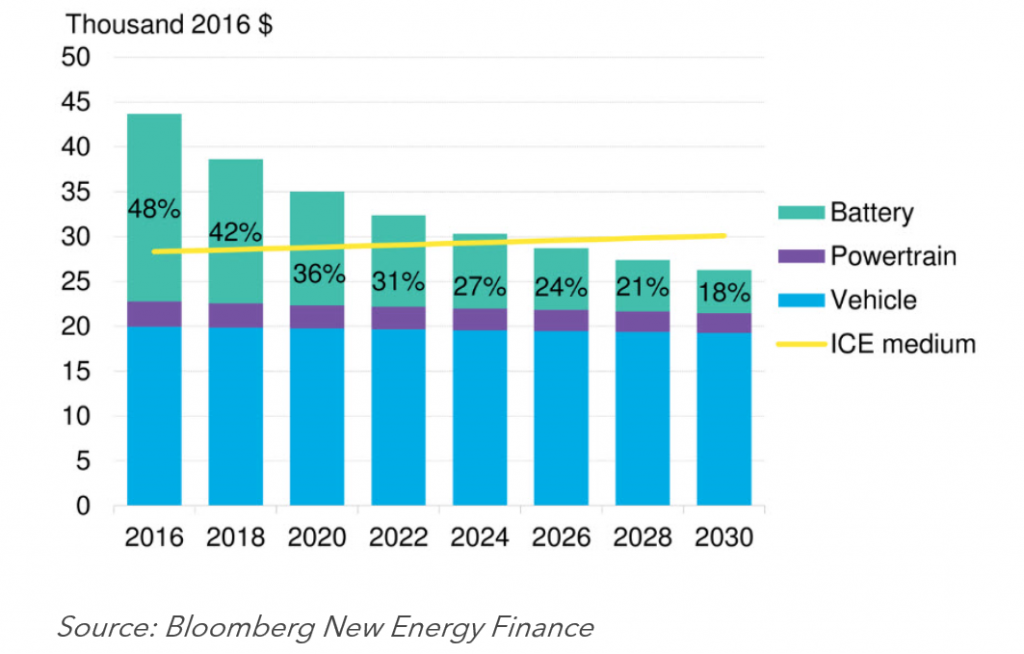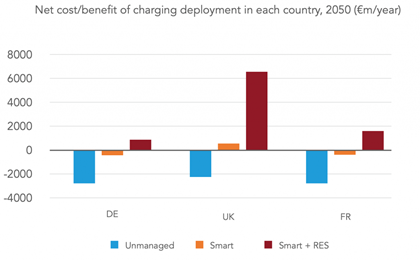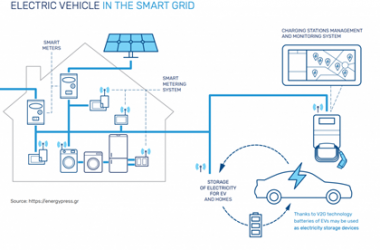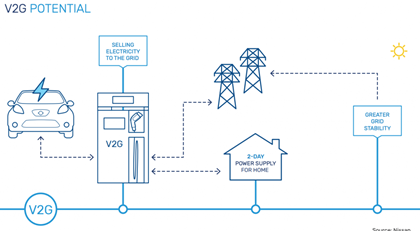Total Cost of Ownership (TCO)/Affordability

While the upfront cost of Electric vehicles is currently still higher than that of ICE vehicles, purchase cost parity for EVs in Europe may be achieved as early as 2022 for some segments (Source: Bloomberg, 2019), with BEVs being comparatively lower in cost after that as battery prices continue to fall.
Analyses of the total cost of ownership, which factors in costs of fuel, insurance, maintenance etc., further strengthen the case for EVs. The average 4-year cost of owning an electric vehicle will match that of a petrol car by 2024, yielding savings after this period. Over its entire lifetime, a battery-electric car purchased in 2020 is already cheaper than a car powered by an internal combustion engine (source: BEUC, 2016).
Electromobility is a global trend, and in order to secure its competitive position for coming decades, the European car industry will have to adapt to it to safeguard jobs and value creation within European economies. In fact, a successful and swift move towards electrification could help European carmakers in cementing their world-leading position through first-mover advantages, and guarantee continued access to worldwide markets.
Employment benefits would go beyond the automotive sector itself: economic analyses show that hundreds of thousands of additional jobs could be created in the services, construction, manufacturing, electricity and electrical equipment sectors as a consequence of transitioning to low-carbon mobility (Cambridge Econometrics & Element Energy, 2018)
The use of EVs greatly contributes to a stronger European independence from traditional fossil fuel energy sources. In 2018, the EU relied on imports for over 90% of its oil needs (Source: Eurostat, 2020).
If it was to replace imported oil in transport with domestically produced energy, Europe could save €49 billion of avoided spending on oil by 2030 (Source: Cambridge Econometrics & Element Energy, 2018), while reducing geopolitical dependencies.
Through the deployment of “smart charging” technologies, the impact of electric vehicles on electricity distribution grids can be kept to a minimum with the right policy approach and consumer charging incentives. EV’s could even make a significant contribution to distribution grids by functioning as “batteries on wheels” using ‘vehicle-to-grid (V2G)’ technologies.

(Source: Low-Carbon Cars in Germany, Harrison P, 2017, Fuelling Europe’s Future)
The potential savings are significant: for instance, one study found that the benefits of smart charging to the grid could lead to a benefit across the system of €140 million per year in 2030 already across the German energy system (Source: Low-Carbon Cars in Germany, Harrison P, 2017, Fuelling Europe’s Future). For 2040, as EV use ramps up, studies even foresee net benefits between ~€0.5 (Spain) and €1.3 billion (Italy, France, UK) per year (Source: Element Energy, 2019).
Assuming that V2G is fully enabled through investment and legislative changes by 2030, V2G would offer net benefits of around €650 per EV per annum in the UK and France for a 7kW charger (even after accounting for the cost of the necessary hardware, electricity losses and battery degradation costs) (Source: Low-Carbon Cars in Germany, Harrison P, 2017, Fuelling Europe’s Future).
Comparative Schemes


(Source: PSPA, REPORT – Electric vehicles as an element of power grid)